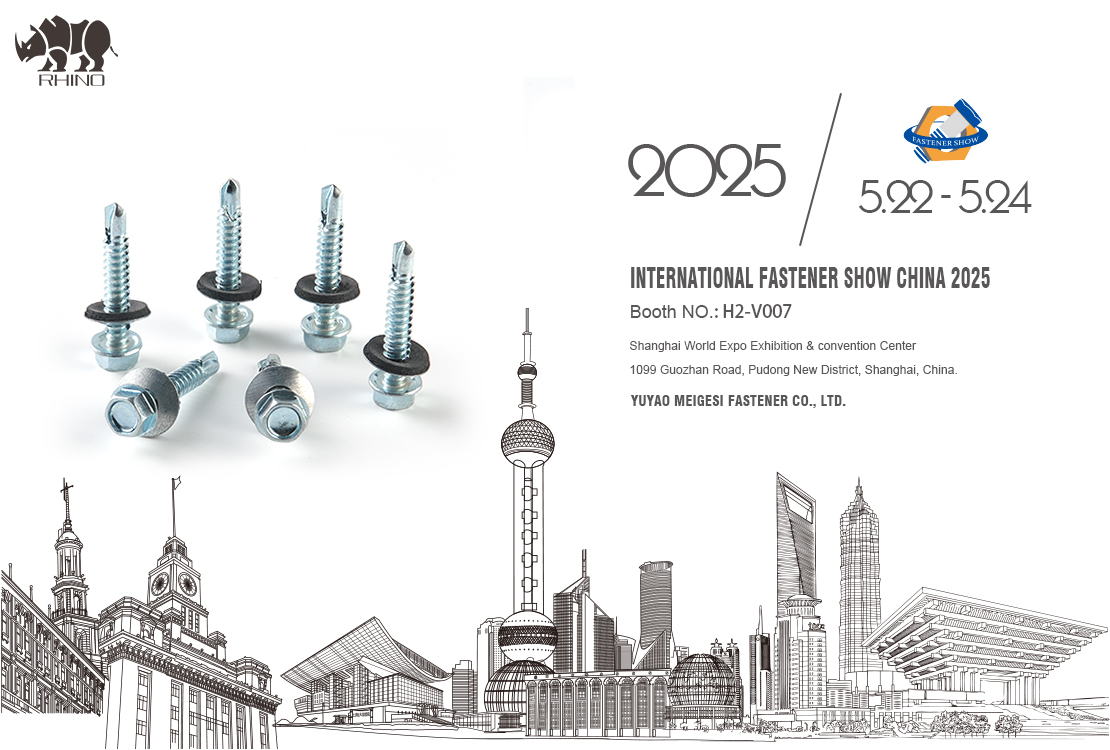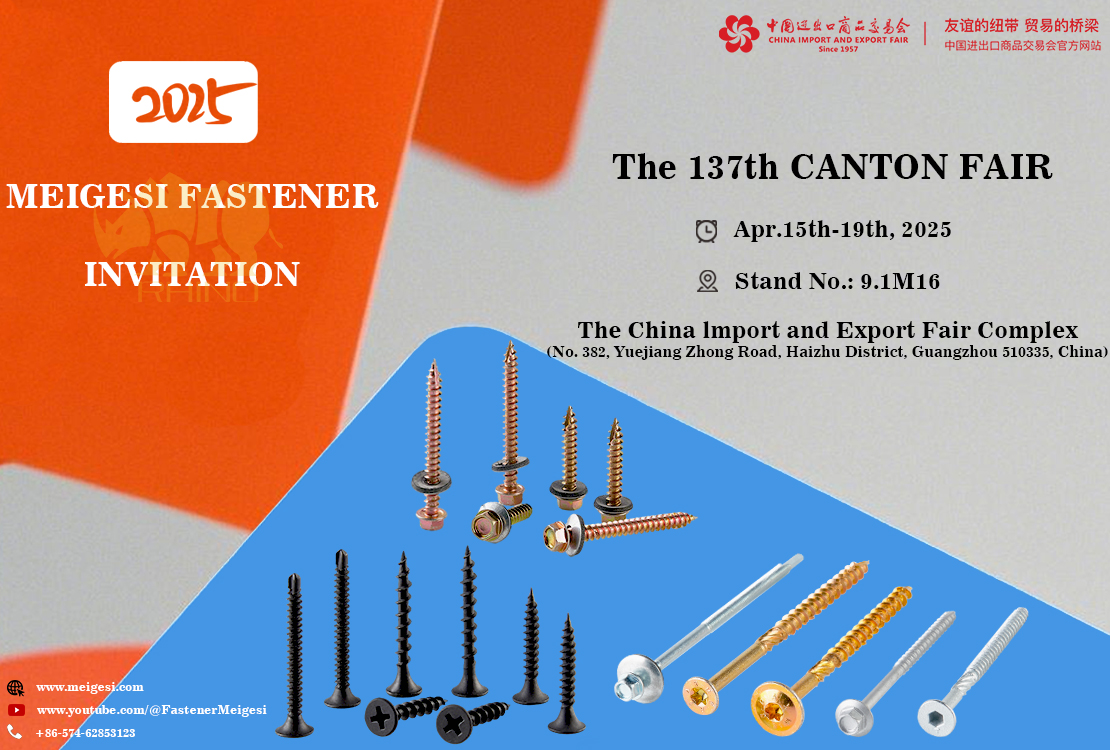

Electroplating of Hardware Screw Fasteners to Master Four Points to Control Quality
1. Appearance: Hardware screw products are not allowed to have local plating, burning, rough, gray, peeling, crust and obvious stripes on the surface. Pinhole pitting, black slag plating, loose passivation film, cracking, falling off and serious passivation marks are not allowed.
2. Hydrogen embrittlement: During the processing and treatment of metal screw fasteners, especially during pickling and alkaline washing before plating and subsequent plating, hydrogen atoms are absorbed on the surface, and the deposited metal coating captures hydrogen. When the fastener is tightened, hydrogen moves enough towards the part where the stress is most concentrated, causing the pressure to increase beyond the strength of the base metal and causing minor surface rupture. Hydrogen is particularly active and quickly seeps into newly formed cracks.
3. Coating distribution: With different deposition methods, the agglomeration mode of the coating on the fastener surface is also different. When plating on metal screw fasteners, the coating metal is not uniformly deposited on the peripheral edge, and a thicker coating is obtained at the corner. In the threaded part of fasteners, the thickest coating is located on the top of the threaded teeth, gradually thinning along the side of the threads and depositing the thinnest at the bottom of the teeth, while hot dip galvanizing is on the contrary. Thicker coating is deposited at the inner corner and the bottom of the threads. The depositing tendency of mechanical plating is the same as hot dip plating, but more smooth and throughout. The surface thickness is much more uniform.
4. Coating thickness: The working life of metal screw fastener in corrosive atmosphere is proportional to its coating thickness. The recommended thickness of economical electroplating coatings is 0.00015 in-0.0005 in (4-12um). Hot dip galvanizing: the average thickness of standard is 54 um (address diameter < 3/8 is 43 um), and the minimum thickness is 43 um (address diameter < 3/8 is 37 um).













